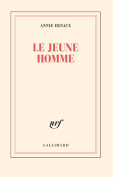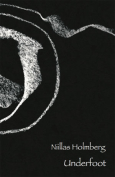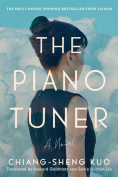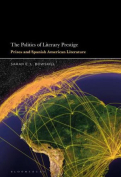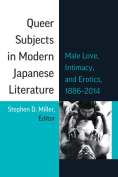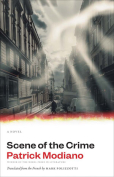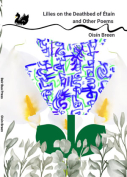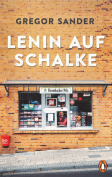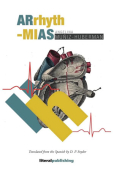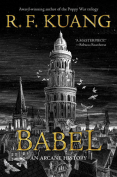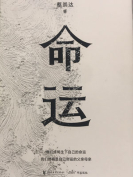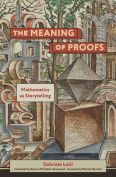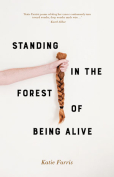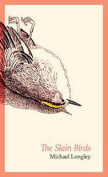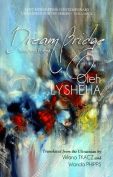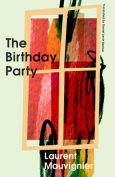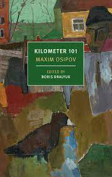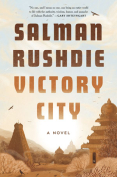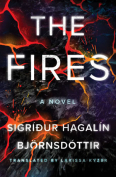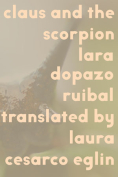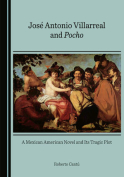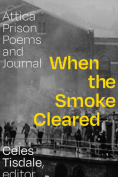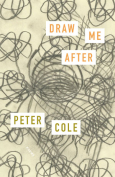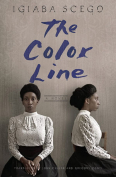Lilies on the Deathbed of Étaín and Other Poems by Oisín Breen
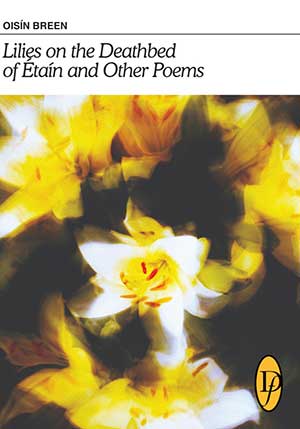 Melbourne. Downingfield Press. 2023. 54 pages.
Melbourne. Downingfield Press. 2023. 54 pages.
Oisín Breen’s Lilies on the Deathbed of Étaín is a book of poetry woven together by threads of various longing. The first and title poem’s titular character comes from Irish mythology: Étaín is an immortal who was forced into other forms in order to thwart her lovers over many lifetimes. Other poems in the collection are set in the contemporary, ordinary world, yet they too give visions of possibilities beyond mortal reach.
Breen’s précis admits his preference “towards the long-form and the experimental.” Throughout the first two poems, “Lilies of the Deathbed of Étaín” and “The Love Song of Anna Rua,” Breen plays with different styles of line and typography. Typically, Breen uses initial capitals to begin each left-justified line. The styles have a system, but not a rigid one: for example, in “Lilies” and in “The Love Song” are examples of lines centered and written in capital letters, but while the latter are exclamation or forte within the song, in the former poem these passages loom off the page like inscriptions on tombs. Here is the first example: “thus the levee skirls with white noise and elan / for here in the dark light, / where prohibition becomes licence / here there is death: / the one true vision of abundance.” Other examples in “Lilies” are similarly epitaphic in tone, sometimes repeating and combining with prophetic flair.
Some passages in “Lilies” seem to pattern after the long, phrasal-lines that run on much longer than the physical page is wide, marked only by initial capitals and the slight hanging indent, but curiously this cannot be said for all similar patterns. Some stanzas are more aptly described as having subordinate lines—lines that do not wrap at the right margin like prose but stand off the left margin and lack the line-starting capital letter. The subordinate lines are appositional to their main line, and within such passages are some of the most striking lines in the book, such as these lines that follow a list of Étaín’s several forced incarnations: “For each of us it differs. / But our death will come in a single reckoning, / a blow that shakes us from navel to heart, / a furious meeting of synapses riffing out sketches / in a stop-start-stop algorithmic play, / All at once, / And not at once.” These lines dramatically describe our most current understanding of the physical process of death, underscoring the contemporary relevance of Breen’s poetry. Beyond the typography, the most skillful word-work in these poems is harder to describe in the space of a review. Breen’s rhythms, often enhanced with internal rhymes, make these poems extremely pleasing in sound. These poems need to be heard like the music they are.
Though Irish myth features prominently in the work, Lilies on the Deathbed of Étaín is more than a Yeatsian project. Neither is the legend used merely as costume. As Breen states in the foreword, some of the poems are as direct and contemporary as a description of watching seabirds hunt alongside a boat, and others, like “Six Months Bought with Dirt,” are simply timeless in the sense that the struggles and joys captured are immortal, even if the generations that experience them are not.
Breen’s handling of the legend of Étaín is particularly suited for the contemporary world, awash as it is with more ways of living than any mortal person could ever experience. Of course, it is not the range of experiences itself that has expanded so much as our knowledge of them, and this knowledge is both liberating and a source of dread. Recalling her change “to water, worm, and scarlet fly” and imagining “her second birth in her thousandth year,” these poems soothe and magnify us who can only experience one life.
Along this theme is “A Chiaroscuro of Hunger,” my favorite poem of the collection. In it, a speaker recollects a day in Rome ten years before, when, “as the sun-shook air near split with heat,” an unidentified woman asks him to serenade her. The pair never kiss, though the speaker believes they both wanted it, and he is clear that “we never touched, so careful were we to avoid it” as they sit together admiring paintings in the great hall of Barberini Palace. Breen writes that they became, through “the artistry / Of blemishes, // An instance of fission / Suspended on the threshold of shared time.” This is the human condition that ties together these poems, that binds myth and science, and that sings it all into meaning.
Greg Brown
Mercyhurst University
